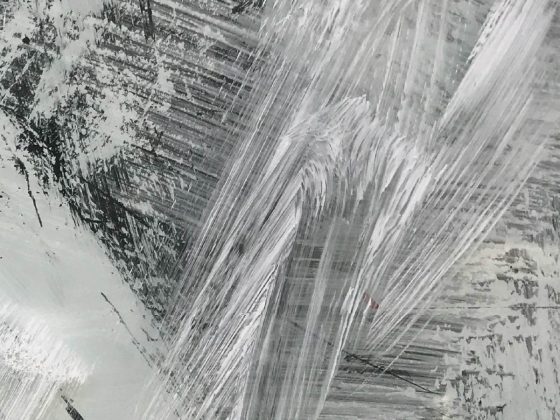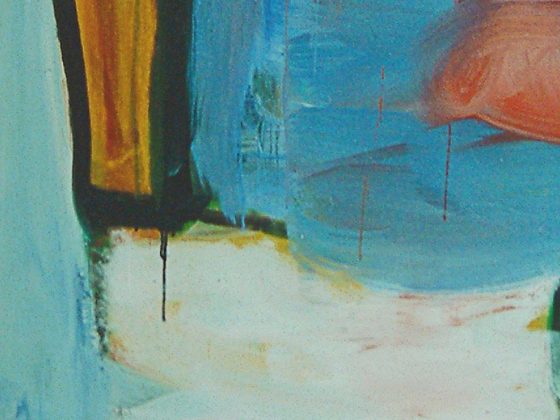Teología y cultura, año 13, vol. 18 (noviembre 2016), pp. 9-24 ISSN 1668-6233
El objetivo del presente artículo consiste en dilucidar la hermenéutica del ícono y su vínculo con las nociones de visión y amor. De un lado, a partir del pensamiento de Nicolás de Cusa, estableceremos un estudio de su obra De visione dei (1453), con el fin de desplegar una teoría de la visio dei a la luz de su teología mística, estrechamente vinculada con su noción de amor. Del otro lado, a partir de la fenomenología de Jean- Luc Marion, nos adentraremos, en primer lugar, en un estudio de las nociones de idole e icone en el marco de su obra Dieu sans l’étre (1982). En segundo lugar, abordaremos la noción de amor en su obra Le phénoméne érotique (2003). Finalmente, estableceremos una comparación entre ambas propuestas, con el fin de encontrar semejanzas y diferencias, en el marco de un estudio de la recepción del neoplatonismo en la fenomenología francesa.
Palabras clave: Hermenéutica. Ícono. Visión. Amor.
Abstract: Our goal is to elucidate the hermeneutics of the icon and its links with notions of vision and love. On the one hand, from the thought of Nicholas of Cusa, we will establish a study of his work De visione dei (1453), in order to deploy a theory of visio dei based on his mystical theology, closely linked to the notion of love. On the other hand, from the phenomenology of Jean- Luc Marion, we will approach, first, a study of the notions of idole and icone in his work Dieu sans l’étre (1982). Second, we will address the notion of love in his work Le phénoméne érotique (2003). Finally, we will establish a comparison between the two proposals, in order to find similarities and differences in the context of a study of the reception of neo-Platonism in French phenomenology.











